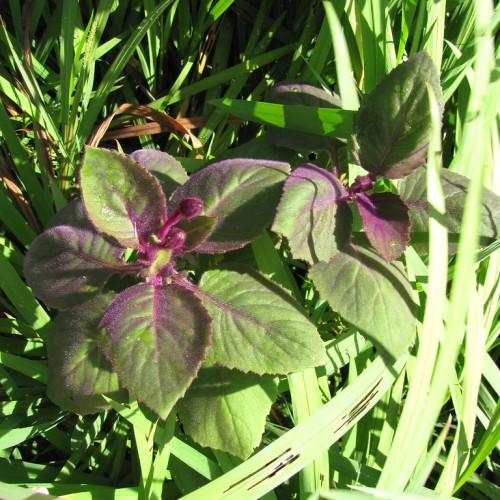
velvet plant
Gynura aurantiaca
Cycle:
Herbaceous Perennial
Watering:
Average
Hardiness Zone:
10 - 12
Flowers:
Flowers
Sun:
full sun,part shade
Fruits:
Fruits Ready In Summer
Leaf:
Yes
Growth Rate:
High
Maintenance:
Low
Indoors:
Yes
watering
Velvet plant (Gynura aurantiaca) is best watered when the top of the soil begins to feel dry. Soil should be kept consistently moist, but not wet. For best results water the plant deeply about once a week, using enough water that the excess flows out the drainage holes in the bottom of the pot. During the growing season, water the plant atleast once a week. In colder months, when the plant’s growth slows, reduce watering back to once every 2 weeks.
sunlight
Velvet plant (Gynura aurantiaca) is an evergreen, tropical perennial that thrives best in bright sunlight. They should be exposed to direct sunlight for at least 6 hours throughout the day. However, some morning or late afternoon sun would be beneficial. During the summer, the plants can tolerate partial shade but during winter it should be exposed to full sun or direct light. If the plants don't receive enough light, they may begin to stretch or become leggy.
pruning
For velvet plant (Gynura aurantiaca) pruning, it is best to perform the task in late winter or early spring. You should only prune back the plant when it is beginning to outgrow its space. Pruning it back will help to keep the velvet plant tidy and will promote healthy new growth. Tip prune the velvet plant, meaning that you should remove no more than 1/3 of the existing well-established foliage. Focus on removing dead leaves and branches, and any crossing branches that can interfere with the plant's growth cycle. Pruning will also help the velvet plant produce bushy, fuller foliage and will encourage more flower and bloom production.
